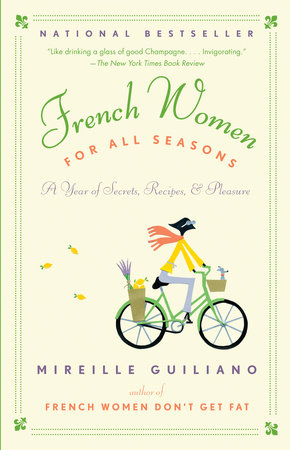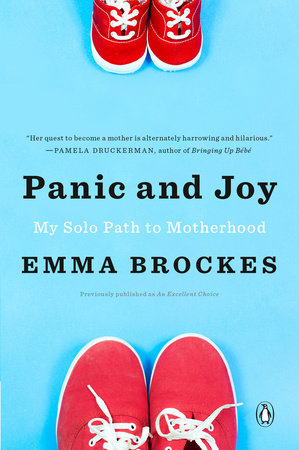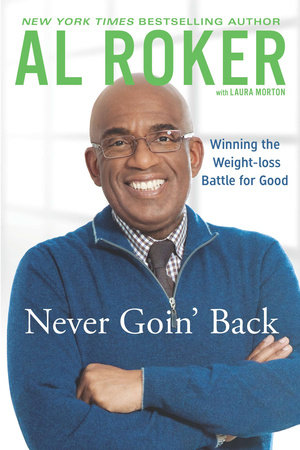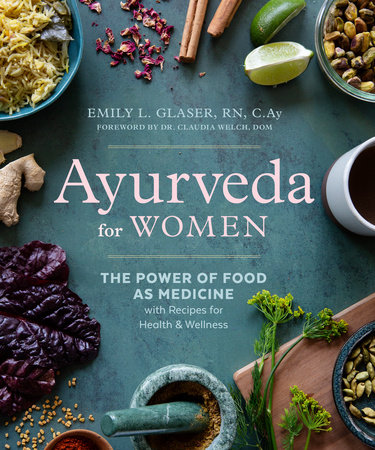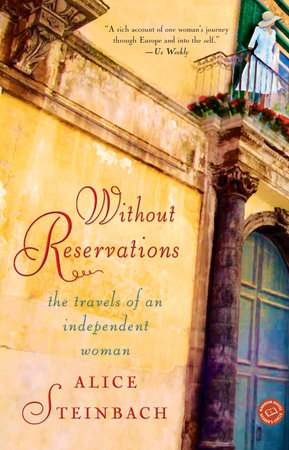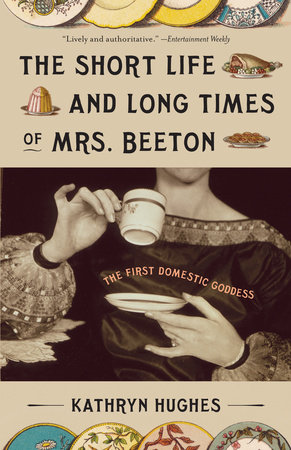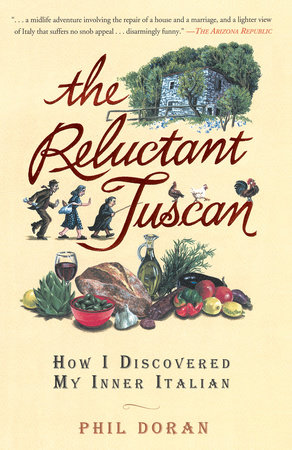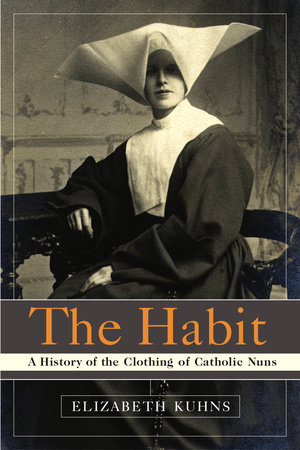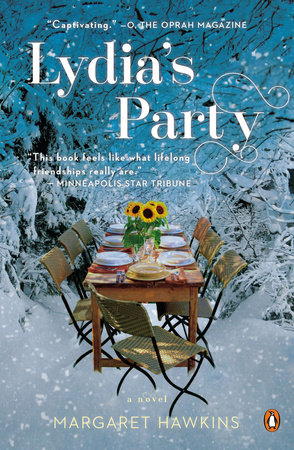Q: Americans loved learning to stay slim by eating for pleasure in your international bestseller, French Women Don’t Get Fat. What is your new book about?Mireille Guiliano: French Women for All Seasons is about the art of living well.Q: There are seasons of the year, as well as seasons of life. What is your philosophy regarding living through life’s seasons?MG: The secret to enjoying life and discovering pleasure is cultivating a life of ongoing experimentation, exploration, enjoyment, and self-discovery. Whether it is living through a season or life, my principle is the same: embrace the seasons and seasonality and make savoring life a more intense experience. The challenge for people is their lifestyle. Many people go through life on autopilot, paying little attention to their senses. Readers of my first book understood that changing a lifestyle is not measured week to week, but year to year. It requires effort and attention, yes, but the benefit is a more sensuous life, and a more fulfilling one. You learn to know yourself, develop a positive emotional outlook, and enjoy more of every aspect of life. In this book, I share the secrets for living well that I learned as a child and young woman growing up in France.French Women Don’t Get Fat enabled millions of readers to enjoy a healthier relationship with food. My aim with French Women for All Seasons is to enable readers to enjoy a healthier relationship with life! Q: Your first book introduced many of us to the wonders of leeks. Which are among your favorites recipes in French Women for All Seasons? MG: Of course I like very much all the recipes I included in the book, and I prepare most of them often. Without pinpointing one or two, I would say the ones with my favorite ingredients–leeks, oysters, tomatoes, yogurt, mushrooms, and chocolate–are the ones I prefer and would eat any day.Q: How did you develop these recipes?MG: I am constantly thinking about dishes. I read recipes like musicians read sheet music or a score, and I can almost taste what I read. Many of the recipes come from my childhood, from family, my mother and my friends and relatives whom I see when I am in Paris and Provence. I watch and listen and make their dishes my own. Because I eat out a great deal for business, I get many ideas from restaurants. I say to myself, oh, I would try this without these other ingredients. I reinterpret and add variations. Often, I create things that don’t work so well. However, those I like, I develop into a recipe. Many reflect the European way of cooking with relatively less sugar. With my love for honey, I look to replace sugar with honey when I can. I also like to play with herbs. I have many readers in their 20s and 30s who grew up eating fast foods. I want to encourage their interest, so I primarily present my less-elaborate recipes. I think people love them because they are quick and delicious, and they were surprised that they could have both in a meal made in 30 minutes.Q: With all your restaurant meals, menu testing, and entertaining, how do you avoid overeating and getting fat?MG: In French Women for All Seasons I describe my “50 Percent Solution.” It’s a mental approach to appreciating how much you really want or really need. I ask myself if I can live with half the amount being offered–just half, for instance, of a big dessert or a main course. We gain our greatest pleasure and appreciation for what we eat (and drink) in the first few tastes, and thereafter many of us just switch into autopilot. You can keep the pleasure and avoid a lot of fat simply by being aware of and enjoying what you are putting into your body. By eating fresh food in season, which is more satisfying than out-of-season, shipped and stored produce, you generally satisfy yourself fully with smaller portions. I practice the “50 Percent Solution” in lots of ways, sometimes as a protection–you know, if you don’t have a full bottle of wine uncorked on the table, you can’t drink it. For a glass or two of wine with dinner (no more), my husband and I open a bottle and immediately pour off 50 percent into a half bottle, cork it, and set it aside for another night. Voilà. Then we enjoy our glass or two, which is all we wanted or is good for us in the first place.Q: Along with your seasonal recipes, you provide menus for a week’s worth of meals for fall, winter, spring, and summer. For you, what are the key ingredients to planning a good menu?MG: Start simply. Buy fresh vegetables and food–meat or fish–and use good olive oil and herbs. You’d be surprised, for example, how bland some olive oils are. I think freshness and balance are essential. Don’t make things that are too complicated and always try to have with each meal some carbs, protein, and fat. Most diets tell you to cut things out, but I know that to really find pleasure in food and to find your equilibrium, you need a little bit of everything. That is true of life, too; you need to work, you need to experience love, have time for relaxation, exercise, fun, visiting friends–a little bit of each. It’s like a recipe that says; add a pinch of this, a pinch of that…at the end of the day, the proportions of your food and your lifestyle depend on you. You’re unique, and I’m unique. I’m giving templates to play with.Q: In addition to chocolate, what must no home be without?MG: Good ingredients. A good vinegar is essential, so you can always make a tasty salad and an enjoyable dish. I have included recipes for warm dishes in my book like the Leeks with Mozzarella and Basil that call for both olive oil and vinegar, not mixed as a dressing, but poured on as the final touch of preparation. With your vinegar and olive oil, always have cans of tomatoes or tomato sauce–these are usually well made and helpful to have on hand in winter time–a selection of herbs, and stock items that you can use if you have guests and you have nothing else, like pasta. You should have anchovies, mustards, of course honey is indispensable, and cornichons (small gherkins), because they’re a great way to curb cravings. I would add prunes because they’re good for you–you need foods with fiber–and raisins, things that will last in your pantry. Again, you don’t need to stock 50 million ingredients. It depends on what you like. Q: How often do you feel herbs should be replaced in the pantry?MG: I love cooking with fresh herbs. And most homes have a windowsill that indoors or out will accommodate a few pots of, say, parsley and basil. Of course, there are some herbs we all buy dry in little jars for convenience. Some of my friends who cook twice a year have kitchen cabinets full of herbs that were purchased five years ago. They will never use them up. I gently tell that them that they are small containers, so once a year, move on. Q: You offer many tips for entertaining à la Française. What is best to remember when seeking to create welcoming and memorable occasions?MG: I always start with a glass of Champagne. It makes things festive; it behaves almost like a magic potent. That said, entertaining is about giving to people and sharing with them. Conversation makes entertaining memorable. So, work at stimulating conversation through questions or good pairings of guests. For the meal, you don’t have to exhaust yourself making multiple courses. In France, entertaining is more casual; it’s really all about conviviality, about relaxing, sharing and laughing together. My friends invite me for dinner and brush off my protests that they have to work in the morning. They are very clear that they are not planning a five-course meal, and they also are not going to buy a bag of potato chips and order a pizza, either. They prepare one dish that to be served with a loaf of bread, a bottle of wine, and some cheese. It’s not too difficult for them, and it is fun because, really, entertaining is foremost about getting together. It doesn’t have to be complicated. I think if Americans can learn to be comfortable with being more spur of the moment; they will enjoy it more. Q: French women are known for their fashion sense. What are the must-haves in a French woman’s wardrobe? MG: The little black dress is number one. It really is an essential and amazing piece of clothing, because you can accessorize to make it perfect for various events–some bold, some conservative. In the office, you can wear a blazer or jacket over it, then easily slip the jacket off for evening cocktails. You can dress it with a beautiful scarf, of course, so I would say the little black dress is first, then scarves, a pearl necklace, a nice classic suit–whether it’s a skirt and jacket or pants and jacket–a nice blouse, and a cashmere sweater. To me, those are the essentials, foundation tools upon which to build your distinctive identity with a little of this or that, the effortless look commonly called BCBG (bon chic, bon genre)–half style, half attitude!Q: How is a typical day in your life organized?MG: Each morning, I generally drink a glass of water and go for a walk or do some kind of stretch at home before breakfast. I never skip breakfast. A good breakfast is essential for me; I can’t function without it. Then, a quick glance at the papers and e-mails, especially when I travel. I usually have very busy and complex working days. I try to create moments, a few minutes here and there to relax and breathe and refocus my energy. Many evenings, I need to go out for my job, for business meetings, entertaining people, or something in conjunction with my appearances and lectures. I like to go home, do some yoga, and shower to renew myself before going out. If I am at home, I do a little work, read, and spend time with my husband and friends. Q: You say you don’t do gyms, and suggest a “no heroics, please” approach to exercise. Please describe the exercise plan that works so well for you.MG: I walk everywhere. For a French person, a half-hour walk is nothing. When I first moved to the States, I went to the Metropolitan Museum of Art with a friend and then enjoyed the hour walk home in Manhattan. She was stunned. To me, walking is more than a type of exercise, it gives me a Zen moment–planning my day, thinking about work or relations…if I am in the country, it gives me time out in nature. Stairs are also good. I love swimming and biking, and stretching. I vary my stretching exercises day to day; I don’t like routine. The idea of going to a gym is very unappealing to me, but I can respect that in many cities, it is difficult to walk, it is too hot or too cold. The most important thing is to move your butt. In Europe and America, we also increasingly have sedentary lives, so it’s really essential to get your body going to help your circulation and breathing. Do what works for you, but never use movement or going to the gym as an excuse to eat; it’s extremist.Q: …extremist eating and extremist exercising?MG: Yes, eating a lot and then thinking you can burn it off by exercising for three hours is so anti-French. We eat to fuel our bodies, not so we can exercise it off. We all go off the path and indulge, but the point is to find our equilibrium. In our high-speed world, we fall into the trap of feeling we must rush. It is a dangerous trap that compels us to accept stress, leading to unhappiness. We gulp down food without tasting it. Using our senses is really crucial. If you eat with your senses, you gain clues about living. Be aware when you shop in the market. Smell the aroma of your food in a restaurant; look at the dishes, appreciate them and prepare your taste buds for a delicious meal. It is a natural way to slow down, to stop from speeding to the next red light in your life, and enjoy yourself more. This is the way I was raised, as I mention in stories throughout the book, to live the life of the senses, of simple pleasures. It is accessible to all of us.
